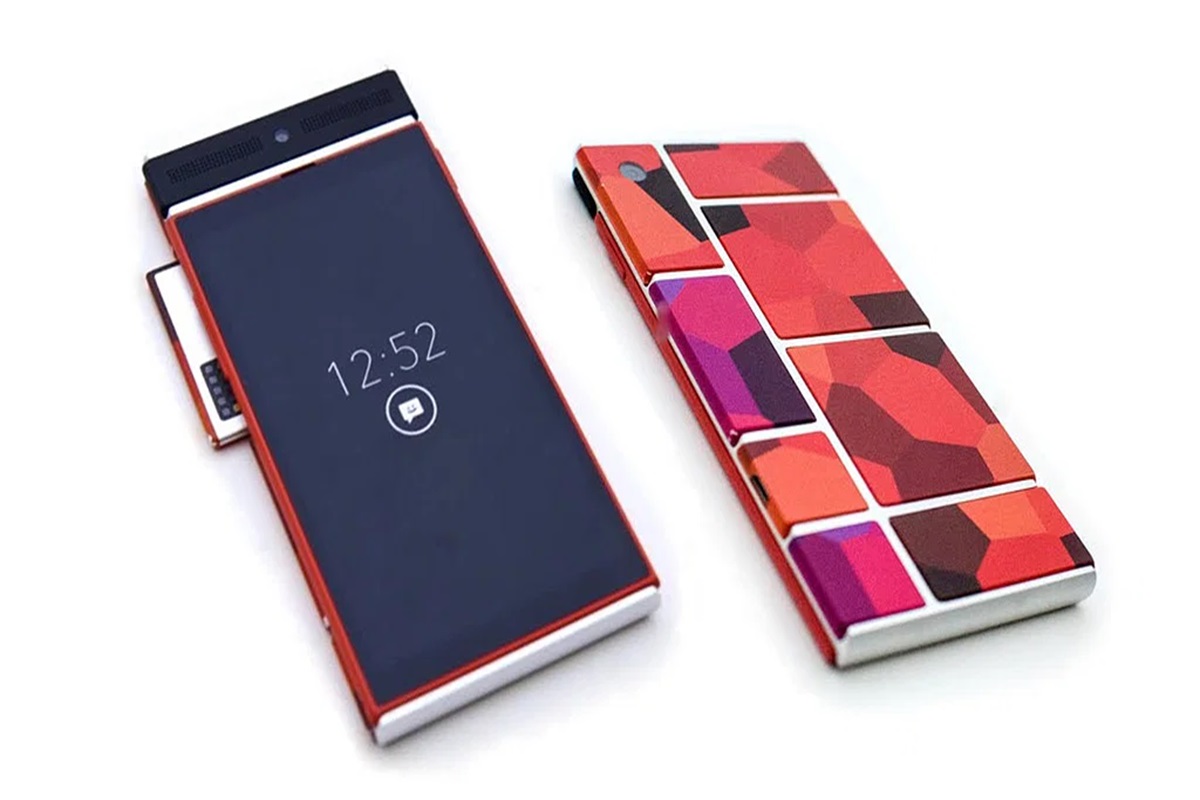It has been a decade since Google introduced Project Ara, an ambitious concept aimed at creating modular smartphones. The idea was simple: develop a phone with a skeleton chassis that could hold interchangeable modules for components like batteries, memory, cameras, and processors. This concept would allow users to customize their smartphones at a hardware level, make repairs more accessible, and provide an upgrade path for a more powerful phone without buying an entirely new device.

Unfortunately, Project Ara never became a reality. Google faced challenges with modular parts, concerns about durability and compatibility, and struggled to create a consumer-friendly model for modular phones. As a result, Project Ara was abandoned in September 2016.
Modular technology, where users can swap and upgrade individual components, has had a challenging history. Razer’s Project Christine, a modular gaming PC platform, failed to find a market despite its sleek design. Laptops and game consoles, while partially upgradable, do not fully embrace modularity. Smartphones have become less upgradable over the years, with sealed batteries and limited expansion options.
However, there is still hope for modular technology, driven by the growing right-to-repair movement and an increase in DIY tech enthusiasts. Companies like Fairphone have integrated modularity into their eco-friendly smartphone designs, allowing users to easily upgrade components or replace damaged screens without professional repair.
Framework laptops offer another example of true modularity, providing users with customizable and repairable devices. These modular laptops enable users to swap components like keyboards, GPUs, and ports with ease.
While modular smartphones may not become mainstream, there is potential for modular tech to thrive. Fairphone and Framework have set a positive example, and it would be exciting to see other tech giants explore modularity. At the very least, the option to swap smartphone batteries easily would be a welcome change.
Leave a Reply